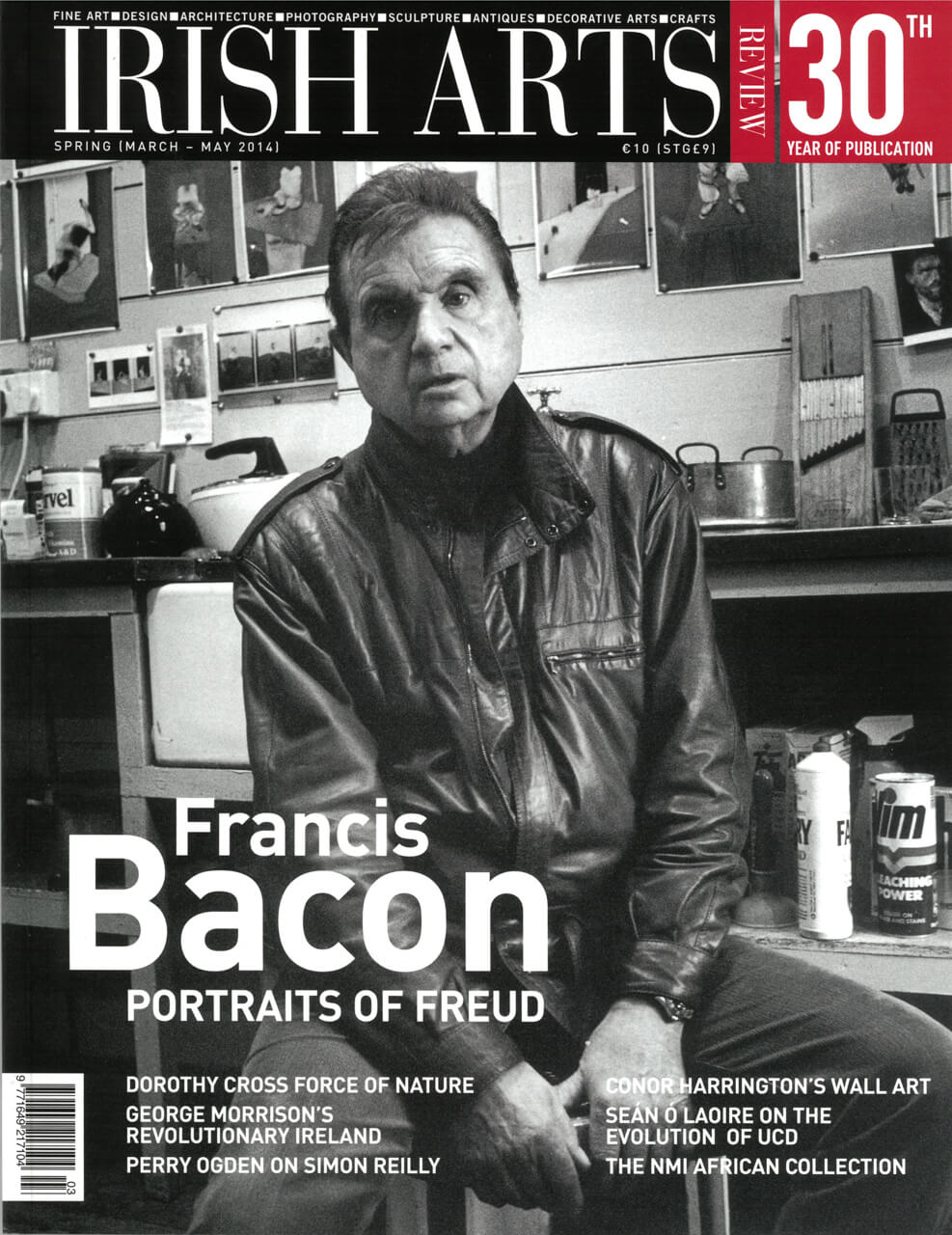

EMILY MARK-FITZGERALD
Liverpool University Press, 2013
pp 344 45 col & 15 b/w ills h/b
£70.00 ISBN: 978-1-84631-898-6
William J Smyth
In this superb book about a complex subject, Emily Mark-Fitzgerald cogently charts the complicated history of how the Famine has been visually represented, especially since the 150th commemorations. The author not only illuminates this specific theme but is revealing about the concerns and anxieties of both modern Irish societies and the many diasporic Irish communities about identities and representation.
The introduction raises a series of key questions as to how and why the Famine has moved from an ‘unspeakable event‚’, to perhaps the most visualized cultural experience of the Irish across the globe‚’. In chapter 2, the author skilfully traces the relationship between the visualizations of the Famine in the mid 19th century and their contexts, in terms of their viewers‚’ reception and moral values of the time. Many conventions of Victorian visualizations have proven remarkably durable – showing up time and again in recent commemoration projects. Chapter 3 is an outstanding reconstruction of the many contested debates about revisionism and Famine history, the notions of Famine ‘silence‚’ and ‘trauma‚’ and their validity and the controversies surrounding the National Famine Commemoration’s strategies in the 1990s. For me, the most enthralling chapter (4), written as are all the chapters with skill and subtlety, deals with the construction of over seventy new Famine monuments in Ireland since 1995. Restored workhouses and famine cemeteries/mass graves in often out of the way locations are the most commonly used commemoration sites. Here local initiatives and the specifics of Famine suffering in the locality are central.
Most memorials do not focus on themes of emigration, renewal and triumph as many do overseas, but tell stories of the neglect of the Famine poor
Most memorials do not focus on themes of emigration, renewal and triumph as many do overseas, but tell stories of the neglect of the Famine poor, solemnly remembering the dead who were so often buried without customary rituals. Here Famine spaces have been made sacred by the dead. Case studies of Carr’s Hill, Cork and Knockfierna in Co Limerick illuminate these themes while critical assessments are made of more elaborate projects. Contestations about organization, location and aesthetics are more a feature of monuments erected from Northern Ireland through Britain, Canada and USA. Yet these monuments reveal an ongoing fierce custodianship of Famine memory across communities of the diaspora. The final chapter – on major Famine memorials – makes well-referenced comparisons between monuments in Dublin and Boston, Murrisk and Philadelphia and concludes with a nuanced appreciation of the outstanding commemorative sites in Sydney and New York.
Emily Mark-Fitzgerald commands a challenging literature with great facility. Primarily an art historian, she is a fine cultural geographer and observant ethnographer. Negotiating a path through issues surrounding the organization, funding and completion of Famine projects worldwide, she gives her own judgements on both the nature of the conflicts and the aesthetic qualities of the monuments. It is a landmark study, which will stand the test of time.
William J Smyth is joint editor of The Atlas of the Great Irish Famine, CUP 2012.



